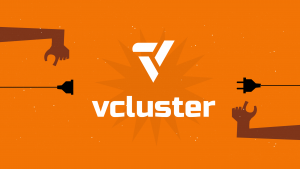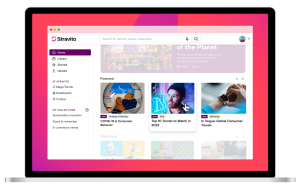Content: Adults at Work
Craig Engler, GM and senior vice president of Syfy Digital, provides The truth about TV ratings, online viewing and sci-fi shows, debunking the idea that sci-fi gets shortchanged on the viewer count because a high proportion of its audience is tech savvy and uses alternatives to conventional TV. ![]()
In fact, the counting systems are sophisticated, and looks at all kinds of factors, including the crucial “C3 – This is a measure of the commercials watched both live and within three days via DVR playback. It’s the metric under which much of prime-time advertising is bought and sold.”
At present, on-line viewing is not a crucial factor:
Although it feels like everyone in the U.S. is connected to the Internet and watches TV online, only about 2/3 of houses in the U.S. have broadband Internet access. And only 50-70 percent of households that have the Internet watch video online. And of the people who watch video online, most of them are watching short videos, not full TV episodes. . . . So even if you did add online viewing to TV viewing, you’re not going to double or triple your Nielsen rating, you’ll increase it by some percentage, and probably not a huge one.
DVR fast-forwarding-through commercials is much more important in undermining the ad-based revenue model.
For the future, as on-line access grows it will become much more important:
[T]he difference in revenue derived from TV views compared to online views is massive. If you add up all the money you get selling ads in live and DVR viewing and stack that against all the money you bring in through every other kind of viewing method, you’d probably be lucky to get $1 in online revenue for the same number of views that would bring in $10 on TV.
Based on my personal behavior, there is also a death spiral here. As revenues decline, TV stuffs more commercials into an hour, especially near the end, turning live viewing into an irritation. Shows are down to 42 minutes, so almost 1/3 of the time is spent on commercials, plus the interruptions destroy all artistic flow. Increasingly, I wait for TV shows I like to appear on-line, because I don’t mind a few 30-or 60-second breaks nearly as much.
So the more people like me defect to the Internet, the more commercials will be added in an effort to make up revenue lost from declining C3, and the more people will defect. And, as noted in a GigaOm article on Why Hulu Didn’t Save Caprica, the tech savvy will defect the quickest. (Since I am not in this category, my growing on-line habit may be a real warning bell.) The problem cannot be solved by being niggardly about putting shows on-line; CBS has this philosophy, and as a result I avoid all its shows for fear I might like one.![]()
My view is that the content industry will have to move to direct-pay-for-content in addition to ad-based models. There is nothing wrong with this – indeed, it is superior, because it allows for price to adjust to the value the viewer places on the product rather than the value an advertiser places on the viewer’s eyeballs. The article provides no numbers on advertising revenues, and these would be useful for anyone wanting to assess the practicality of pay-per-view. If pay models could work at low cost – say, $0.25/view –it seems to me we would be well on the way to solving the problems.
The really good news, though, is this article itself, which is a serious executive discussing his business with his customers/fans and explaining the issues in practical, no-nonsense terms. In turn, in the comments section and in the GigaOm article linking to it, the customers/fans respond in the same spirit, asking questions, providing information on their own habits and ideas, and, in general, acting like partners in the enterprise anxious to help solve a problem, to the mutual benefit of all.
The distance is profound between this dialogue and the drivel that passes for policy discussion from the representatives of the copyleft, who regard anyone creating content or providing connectivity as an enemy who is somehow cheating them by not giving it away, and who regard customers and content creators as adversaries rather than partners, and resist understanding the importance of the market as THE mechanism for reconciling interest.
And while I am casting stones, let’s throw a few at the crony capititalists, who do their best to obfuscate the real issues in the hope of getting Congress to force someone else to subsidize their business models.
[Cross-posted at Digital Society]
A message from John Furrier, co-founder of SiliconANGLE:
Your vote of support is important to us and it helps us keep the content FREE.
One click below supports our mission to provide free, deep, and relevant content.
Join our community on YouTube
Join the community that includes more than 15,000 #CubeAlumni experts, including Amazon.com CEO Andy Jassy, Dell Technologies founder and CEO Michael Dell, Intel CEO Pat Gelsinger, and many more luminaries and experts.
THANK YOU













